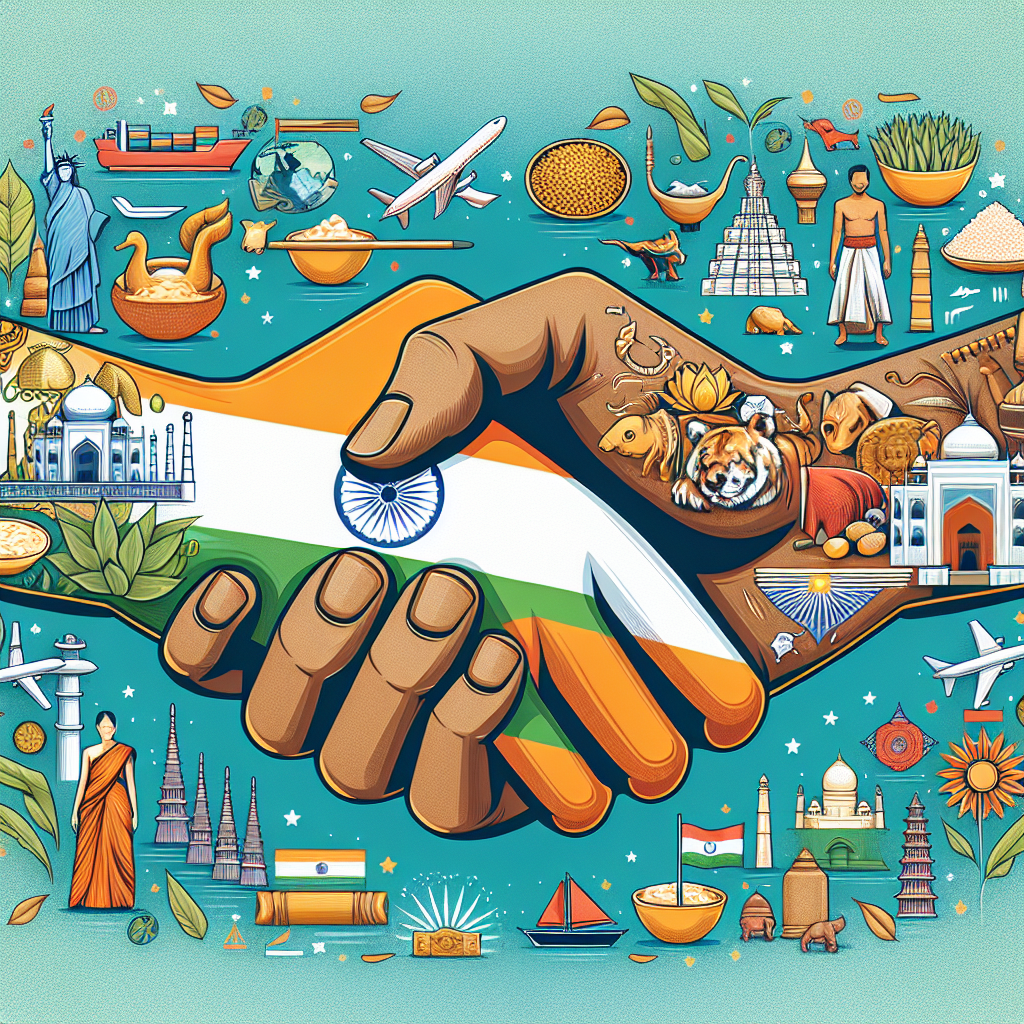India-ASEAN Free Trade Talks: A Path to Stronger Economic Ties
Union Minister Piyush Goyal announced that the review of the India-ASEAN free trade agreement aims to deepen economic ties and create business opportunities. The review progress was discussed at the 21st ASEAN-India Economic Ministers' meeting. Both parties aim to simplify trade facilitation and enhance supply chain linkages.

- Country:
- India
Union Minister Piyush Goyal stated on Friday that the ongoing review of the India-ASEAN free trade agreement in goods would enhance trade and economic connections, unlocking new business opportunities for both regions.
The review's progress was deliberated during the 21st ASEAN-India Economic Ministers' (AEM-India) meeting held in Vientiane, Laos, where the commerce and industry minister attended to participate in the discussions.
'The meeting noted progress in the ASEAN-India Trade in Goods Agreement (AITIGA) review, which aims to deepen economic ties and create business opportunities on both sides,' Goyal shared on social media platform X.
He stressed the importance of two-way trade, emphasizing stronger supply chain connections and global value chain integration. According to the commerce ministry, the review is a priority to make the agreement more user-friendly and business-facilitative.
India joined ASEAN in 1992 and became its Comprehensive Strategic Partner in 2022, with ASEAN being India's second-largest trading partner for the past two years. The next round of review talks is set for November, following the third round in Jakarta, Indonesia. The agreement, signed in 2009, sees ASEAN accounting for about 11% of India's global trade. Indian exports to the 10-nation block reached USD 41.2 billion in 2023-24, with imports at USD 80 billion. Both sides target a review conclusion by 2025 to address barriers and misuse of the trade pact.
(With inputs from agencies.)










